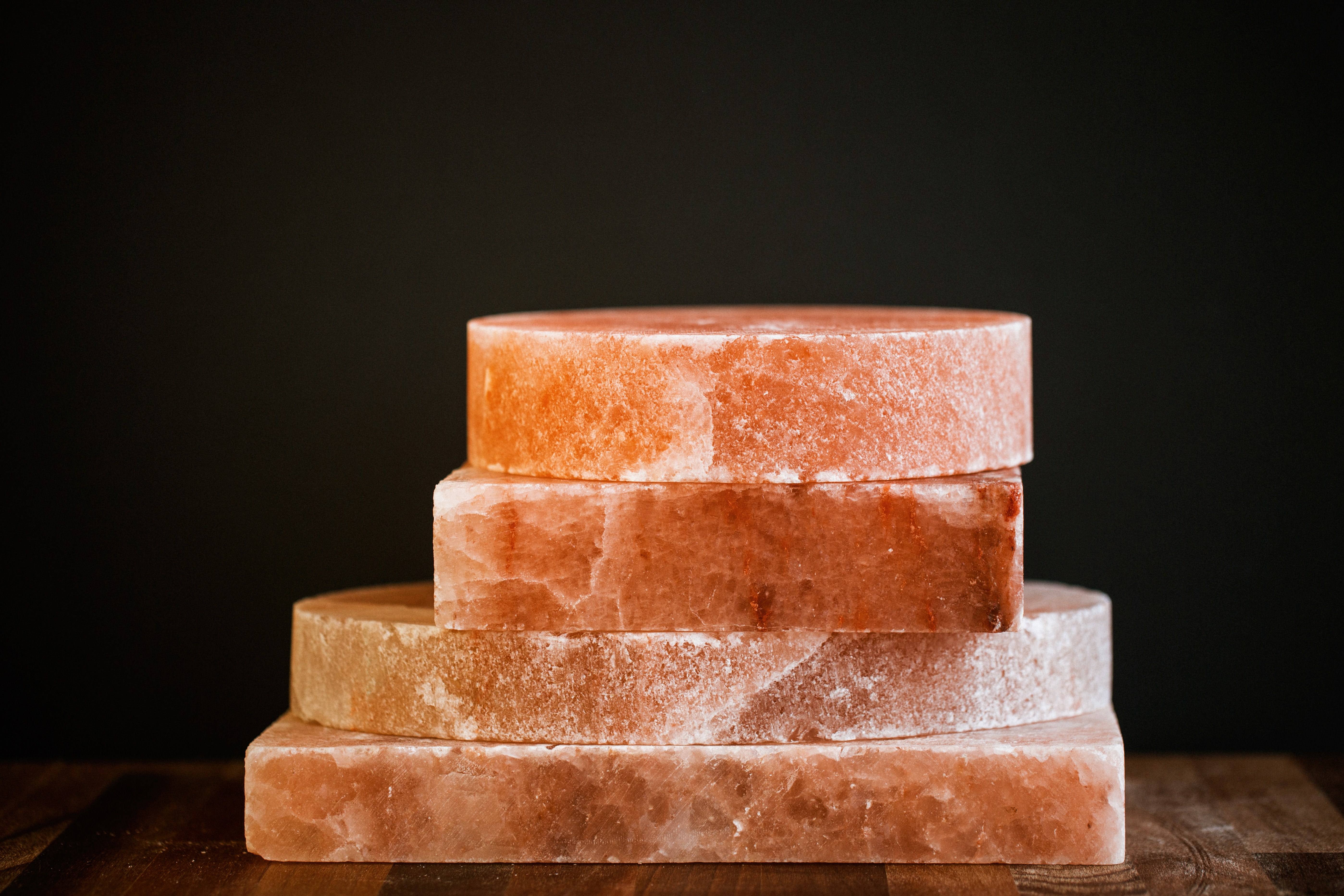
Posted by / December 9th 2020
Where Does Himalayan Salt Come From?
A Himalayan salt block promises to be a distinctive addition to your kitchen but its story doesn’t begin there: in fact, the journey that Himalayan salt goes on to reach you started on the other side of the world, literally millions of years in the past.
Origins
Himalyan salt is mined in Pakistan’s northern Punjab region at the famous Khewra Salt Mine. Located in the foothills of the Himalayas, the mine was discovered around 320 BC when the troops of Alexander the Great moved through the region. The story goes that it was the soldiers’ horses who actually discovered the Khewra salt deposits when they started licking the rocks they found around the landscape.
However, salt was in the rocks and earth around Khewra long before Alexander the Great’s troops stumbled across it. Himalayan salt was actually formed around 200 million years ago when crystallized salt formations from dried sea beds were submerged by lava eruptions. Buried under snow, ice, and rock, the salt was protected from the pollution of the outside world: thousands of years later when the mine was first excavated, miners found a pure mineral-rich salt, coloured a vivid pink thanks to its high iron content.
Mining
Salt was extracted and traded from the Khewra mine on a small scale as early as the 13th century but large-scale mining began in 1872 when British engineer Dr H. Warth excavated its main tunnel. Warth reinforced the existing digs, introduced excavation equipment and a reliable water supply, and built storage warehouses. The improvements to the Khewra mine infrastructure were so successful that production boomed and authorities even had to introduce penalties for salt smuggling.
Estimates put the amount of salt within the Khewra Salt Mine at up to 600 million tons. During Dr Warth’s tenure, the mine was producing over 187,000 tons per year but by the 21st century, with the introduction of modern equipment and digging methods that figure had risen to around 385,000 tons per year. Don’t worry, supplies aren’t going to run out anytime soon: although it has now extended to 19 levels, the Khewra Salt Mine is expected to continue to produce salt for the next 350 years.
Culture
The success of the Khewra Salt Mine has obviously given it a special place in the culture of the region - and made it an incredibly popular destination for tourists. In fact, the Khewra Salt Mine has become world famous attracting hundreds of thousands of visitors every year.
If you want to learn first hand where your Himalayan salt comes from, a trip to Khewra promises an adventure: visitors can travel deep into the mine on a dedicated railway, and enjoy a number of underground attractions including salt brick sculptures, the vast Assembly Hall, a salt bridge over a brine pond, and the Sheesh Mahal which twinkles with pink salt crystals.
So next time you’re planning a Himalyan salt recipe, take a moment to think about where it all began, and the incredible journey your block has been on to make your food taste so unique.
